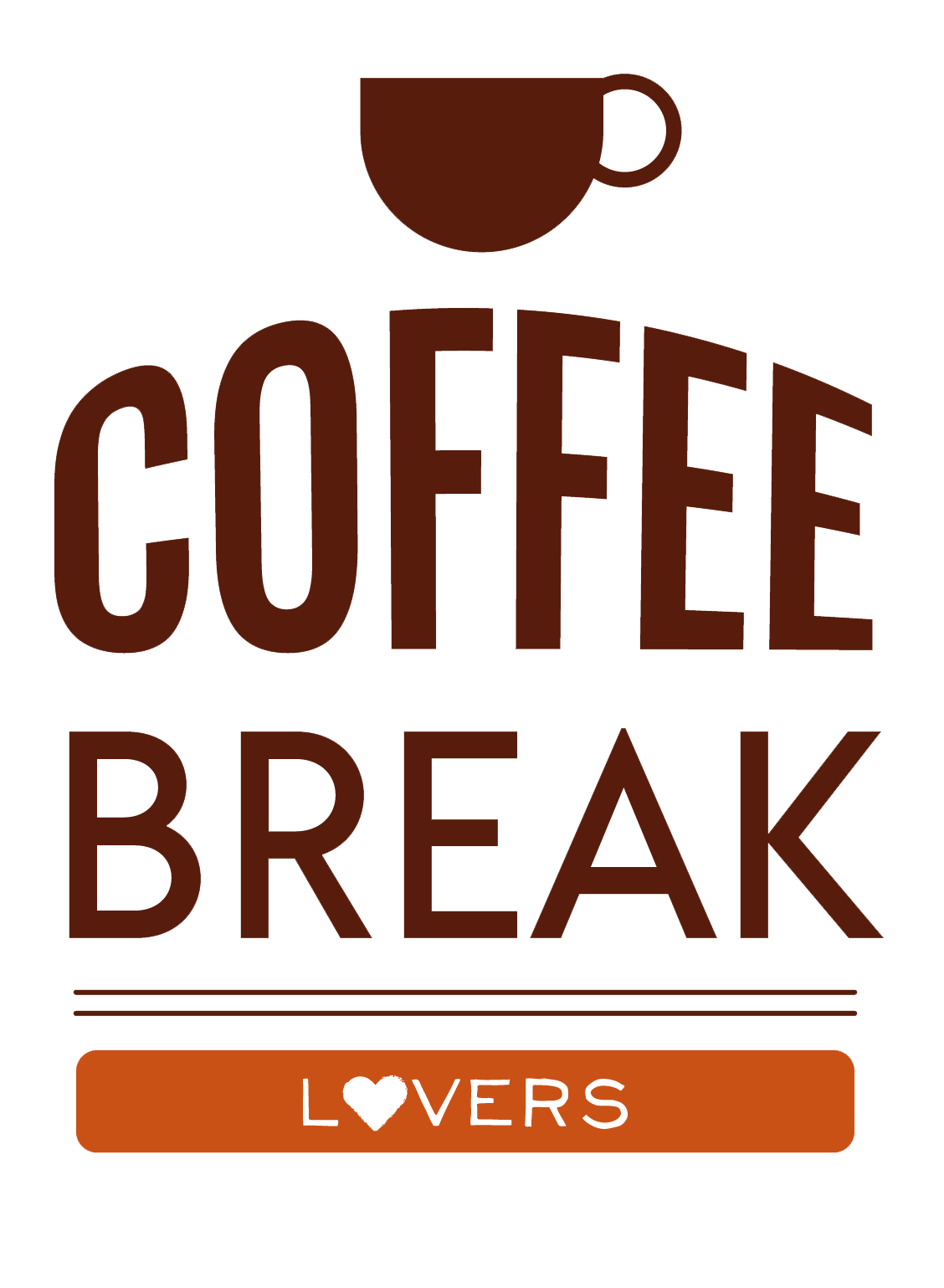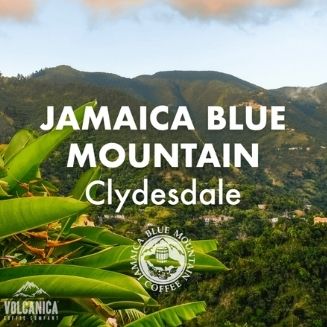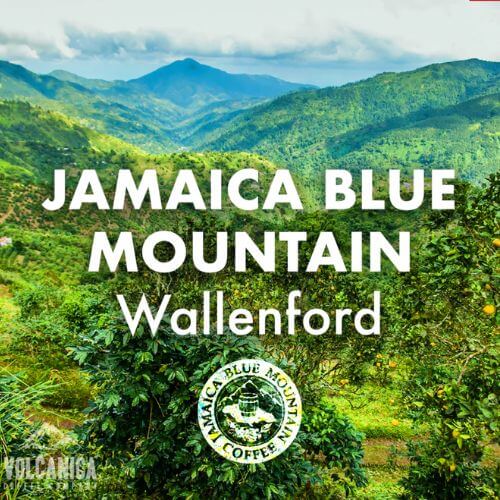Ah…Jamaican Blue Mountain Coffee. If you’re like me, you’ve probably heard the name a thousand times without a second glance. Once you buy it, you’ll wish you had tried it sooner! But what is Blue Mountain Coffee and why is it worth buying?
Jamaican Blue Mountain (JBM) Coffee is a specialty coffee that’s grown in the Blue Mountains of eastern Jamaica. The altitude, soil quality, and climate make this area perfect for coffee cultivation and coffee beans grown there are known for their intense aroma, rich taste, and rigorous standards.
If you want to try this coffee, we recommend picking up a bag of Volcanica’s Jamaican Blue Mountain coffee. (Link to Volcanica’s site.)
But if you’d like to know a little bit more about Jamaican Blue Mountain coffee beans before you buy them, Keep reading!
Our Top Picks For Jamaican Blue Mountain Coffee
- Top Pick: Jamaica Blue Mountain – Peaberry
- Best Well Balanced: Jamaica Blue Mountain – Clydesdale
- Best Complex Flavor: Jamaica Blue Mountain – Wallenford
What Does Blue Mountain Coffee Taste Like?
You can expect a cup of Blue Mountain coffee to be mild yet full-bodied. It’ll have a noticeable sweetness with traces of cocoa, nuts, and even floral tones. Blue Mountain Coffee is also known for being silky smooth in texture with no trace of bitterness.
With all this going for it, Blue Mountain Coffee is widely considered to be one of the best-tasting coffees in the world!
Best Jamaican Blue Mountain Coffee Brands
If you’re looking to buy a bag of JBM Coffee, we’d recommend giving these a shot:
1) Volcanica Coffee – Jamaica Blue Mountain – Clydesdale
Volcanica sells beans from various coffee plantations in the Blue Mountains. But this particular coffee bean is from the Clydesdale region.
They’re medium roast, have light acidity, and have great balance. You can also expect a sip of this coffee to carry flavor notes of honey, chocolate, and cream.
While Clydesdale coffee itself is phenomenal, it also has a long history on the island of Jamaica. The Clydesdale coffee Estate was founded in the late 1700s and has evolved since then.
While the original Clydesdale Estate house and factory are no longer in operation today, the Jamaican government has appointed them a National Heritage site. And the farmers in the Clydesdale region continue the traditions that started at the original Estate.
So, with every cup, you don’t just get amazing 100% Certified Blue Mountain coffee, but you get a taste of Jamaican coffee history.
2) Volcanica Coffee – Jamaica Blue Mountain – Wallenford
Wallenford is another estate that cultivates Blue Mountain coffee beans.
These medium roast beans have the taste, balance, and smoothness usually associated with 100% Blue Mountain Coffee, but they also have flavor notes of smooth chocolate and citrus.
The Wallenford Estate is one of the oldest plantations for coffee in Jamaica and currently controls around 5,000 acres of coffee-growing land.
Historically they’re one of the largest producers of Blue Mountain coffee, and they maintain a close relationship with the coffee farmers. This helps maintain the consistent quality and taste of the coffee they produce.
If you want to try some of the best coffee around, we’d definitely recommend this one.
3) Volcanica Coffee – Jamaica Blue Mountain – Peaberry
Regular JBM coffee is already exclusive enough, but Jamaican Blue Mountain Peaberry coffee is super exclusive.
These beans have a strong and intense aroma, balanced taste, and perfect flavor. And you can expect floral notes with creamy chocolate undertones in every sip.
Many coffee lovers say that Peaberry coffee is of a higher quality and has a richer flavor than regular coffee beans. And based on my experience drinking Peaberry coffee, I believe this is true.
If you’re looking to try one of the best-tasting and most exclusive coffees in the world, this is it!
FYI: Normally, coffee plants grow two beans per cherry. But around 5% of the time, a coffee cherry will grow a single, oval-shaped bean. These single beans are called Peaberries.
4) Green Coffee Traders
Green Coffee Traders sells some of the best Jamaican Blue Mountain Coffee around.
These beans are city roast (which is a type of medium roast) and produce a smooth and rich-tasting cup of coffee.
Coffee brewed from these ground beans will be full-bodied, low acid, and without a hint of bitterness. You’ll definitely taste the quality!
And while the outer package looks like an old-fashioned burlap sack, inside you’ll find the standard coffee bag with a one-way valve to allow gas to escape.
So don’t worry, your beans will arrive fresh!
5) Magnum Exotics – Blue Mountain Blend
Unlike the previous coffees, Magnum Exotics is a blend of Blue Mountain, Caribbean, Central American, and South American arabica coffees.
It’s not 100% Blue Mountain Coffee, but it does have a rich, smooth, and full-bodied flavor. It’s also widely regarded as being a phenomenal coffee.
If you’d like to get a hint of what JBM coffee is like without paying the full price, this is a good place to start.
Why Is Jamaican Blue Mountain Coffee So Special?
The main reason Blue Mountain beans are so special is the unique growing conditions found in the Blue Mountains of Jamaica. The altitudes, soil, and moisture create the perfect microclimate for cultivating the best coffee beans.
Let’s quickly go through these factors one by one.
High Altitudes
Blue Mountain Peak is the highest mountain in Jamaica and is where JBM coffee is cultivated.
According to Jamaica’s Agricultural Commodities Authority, (previously called the Coffee Industry Board) authentic JBM coffee must grow at an altitude of 3,000 to 5,500 feet above sea level.
This high altitude is harsher on the beans, which forces them to grow slower and denser.
In fact, Blue Mountain beans take around 10 months to ripen! Which is about twice as long as coffee from other regions. This gives the beans time to develop more complex sugars and flavors.
Volcanic Soils
The Jamaican Blue mountains are also covered in rich volcanic soil. This type of soil is full of nutrients such as zinc, iron, phosphorus, potassium, and boron.
Essentially, all of the nutrients required by the coffee plant are available in volcanic soil.
Volcanic soil also tends to be less dense than other soil, which creates better drainage.
This creates an incredible coffee bean that’s unique, flavorful, and packed with nutrients.
Mist Covered Mountains
The Jamaican Blue Mountains get their name because they’re almost perpetually covered in mist. At a distance this makes the mountain tops appear blue!
This layer of mist gives constant moisture to the coffee beans and helps protect the plants from the heat of the sun.
The result is high-quality Blue Mountain beans with a rich body, nice balance, and full flavor.
What’s The Best Way To Brew Blue Mountain Coffee?

The best way to brew Jamaican Blue Mountain Coffee is with immersion coffee makers such as a siphon brewer, Aeropress, or french press.
Unlike other coffee-brewing methods, immersion brewing allows much more of the coffee’s oils and flavors to be extracted. This creates a full-bodied cup of coffee that’s richer and more flavorful.
Don’t get me wrong, you can definitely brew a great coffee with other brewers! But if you’re trying to get your hands on a bag of this world-famous coffee, I recommend going with a french press or other immersion brewers.
You won’t be disappointed and it’ll really bring out the bean’s natural aromas and qualities.
Why Is Jamaican Blue Mountain Coffee So Expensive
There are a number of reasons that Jamaican Blue Mountain coffee is so expensive but the main issue is scarcity.
Jamaica itself is an extremely small coffee producer. In fact, in a normal year, the island produces around 0.1% of the world’s coffee!
And out of all the coffee cultivated in Jamaica, only around 15% is authentic Blue Mountain Coffee! The reason is that Blue Mountain coffee has to be grown in a specific region of the country at a specific altitude in order to be considered the real deal.
On top of that, 80% of the Blue Mountain Coffee produced gets sold to Japan!
So, if Jamaica produces 5,500 tons of coffee (like they did in 2019) the actual amount of Blue Mountain Coffee available to the world will be around 660 tons.
High demand and extremely limited supply result in the premium price you find on JBM Coffee!
How Can You Tell If Jamaican Blue Mountain Coffee Is Real?
The easiest way to tell if your Jamaican Blue Mountain coffee is legit is by checking for the Seal of Certification. The seal was created by the Coffee Industry Board of Jamaica and is stamped on all authentic Jamaica Blue Mountain coffee beans.
The seal is a blue circle, with an image inside. The image has a mountain in the background, a map of Jamaica, a barrel, and a branch from a coffee tree.
Of course, it’s possible that the seal of the Coffee Industry Board can be forged by dishonest sellers. So buy from companies that you’re familiar with or that you can at least review.
Besides that, there are a few other things you can do to make sure your Jamaica Blue Mountain coffee is the real deal.
Read The Package Before Buying JBM Coffee
Jamaican Blue Mountain coffee is grown, processed, freshly roasted, and packaged in Jamaica.
So, if you read the package and see that it was processed or roasted in Europe or somewhere other than Jamaica, you might not have legit Blue Mountain coffee.
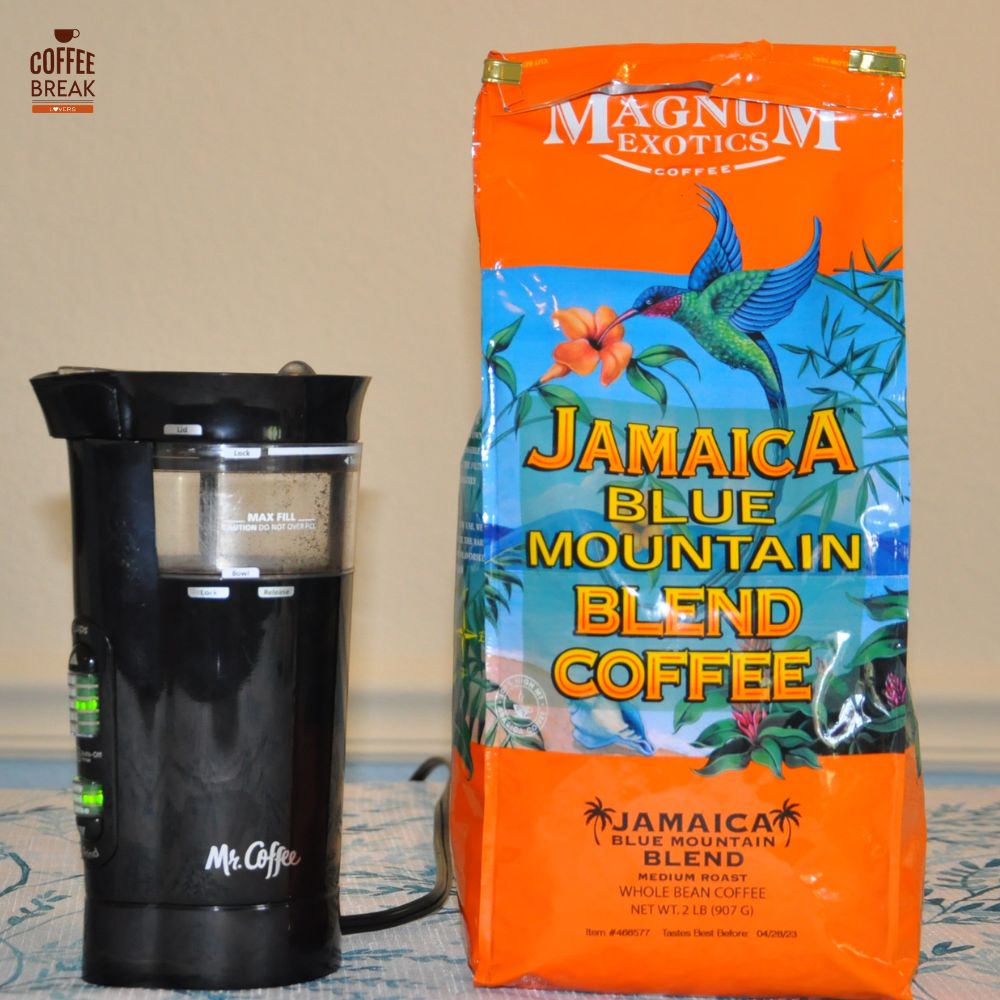
Be Willing To Pay The Price For Real JBM Coffee
Jamaican coffee is extremely limited and highly sought-after. That fact alone makes it expensive to buy.
If you see 100% Blue Mountain Coffee for a cheap price, there’s a good chance it’s not legit or is at least a blend.
Look Out For Jamaican Blue Mountain Coffee Blends
There’s absolutely nothing wrong with buying a Blue Mountain blend if that’s what you’re trying to buy.
But, if you want 100% Jamaica Blue Mountain Coffee, make sure it’s not a blend (sometimes it can be easy to miss!)
Also, be aware that most blends don’t state how much authentic Jamaican Blue Mountain Coffee they contain. It could be as low as 10%. So, if you want to buy a blend, do your research on the brand first!
What Are The Standards For Jamaica Blue Mountain Coffee?
Jamaica’s Coffee Industry Regulation Act determines the standards for Blue Mountain Coffee.
In general, Blue Mountain beans harvested in the parishes of Portland, St. Andrew, and St. Mary could be considered JBM coffee. They also have to be cultivated between 3,000 and 5,500 ft.
Jamaican Blue Mountain Coffee also has several grades that you should be aware of:
Grade 1
This is the highest grade available. The raw beans are blue/green in color, has a good roast quality, clean taste, and allow for a defect allowance of 3%.
The diameter of Grade 1 beans is 17 or 18/64th of an inch.
Grade 2
This is the second-highest grade and is very similar to Grade 1. The only difference is that the bean’s diameter is 16/64th of an inch.
Grade 3
Grade 3 has all the same characteristics as Grades 1 & 2, but the diameter of the beans is 15/64th of an inch.
Related Posts:
- Cuban Coffee Brands: Best Beans For The Authentic Flavor
- Peruvian Coffee: Experience The Taste Of Peru.
- Best Low Acid Coffee: 18 Brands You wish you Knew Sooner
- African coffee: 8 Best Coffee Brands To Try!
Peaberry
Peaberries come in colors ranging from blue/green to blue, have a good roast quality, and have a medium body.
They also allow for defects of up to 3% and are 10/64th of an inch in diameter.
With Grades 1, 2, and 3, each coffee cherry grows two beans side by side. However, 5% of cherries grow a single, oval-shaped bean. These single beans are called Peaberries.
Most coffee drinkers believe Peaberries have a richer flavor and are of higher quality. They’re highly prized and can be sold at a premium, which is why they’re sold in their own category.
Triage
Unlike the previous grades, Triage beans are sold in bags. Their color ranges from pale green to pale and the roast quality is considered fairly good.
The defects allowed are up to 5%. The size of the bean is 15/64th of an inch or higher.
Special Triage
Special Triage beans are similar to Triage, but 6% defects are allowed.
Fines
Fines are also similar to Triage, however, their size is below 15/64th of an inch and 5% defects are allowed.

Kona vs Jamaican Blue Mountain Coffee
Kona coffee and Jamaican Blue Mountain coffee are both highly recommended coffees, but what’s the difference between them?
JBM vs Kona Coffee Taste
Well, when it comes to taste, both coffees have their strong points.
Jamaican Blue Mountain Coffee has notes of creamy chocolate and, nutty sweetness that’s lacking in bitterness. On the other hand, Kona coffee has notes of caramel, cocoa, nuts, and fruit.
Growing Conditions
Blue Mountain coffee is from Jamaica and Kona coffee is from Hawaii. They’re both arabica beans that are grown in volcanic-rich soil are cultivated in an ideal microclimate.
These conditions make both among the best coffees in the world.
Price Comparison
Both JBM and Kona coffee have limited supplies, high demand and are sold at premium prices. But for the most part, there’s not a significant price difference.
Coffee Beans Similar To Jamaican Blue Mountain
Jamaican Blue Mountain coffee is prized because of its unique growing conditions and taste. So, you’re not going to find any other coffee exactly like it. But we can recommend some less expensive coffees with notable similarities.
Namely coffee from:
Papua New Guinea’s Coffee
The reason coffee from Papua New Guinea (PNG) is reminiscent of Blue Mountain Coffee is because the plants originated in the Blue Mountains!
In the late 1920s, coffee plants were transported from the Blue Mountains to Papua New Guinea’s Waghi Valley. The plants flourished in their new home and soon produced a clean, complex coffee similar to the old Blue Mountain bean.
If you’d like to try PNG coffee, we’d recommend a bag Volcanica’s Papua New Guinea.
It’s a fraction of the price of JBM. And with these exotic coffee beans, you can look forward to a sweet, and floral cup of coffee with prominent fruit flavors!
High Mountain Coffee – Near Blue Mountains But At A Lower Altitude
High mountain coffee is also from the Jamaican Blue Mountains, but it’s grown at a slightly lower elevation.
You may recall that Blue Mountain Coffee is grown at altitudes of 3,000 – 5,500 feet. High Mountain Coffee, on the other hand, is grown between 1,500 and 3,000 feet.
The different altitudes affect the growing conditions which result in a bean that’s a bit more bitter, but still very good.
Jamaican Blue Moutain -The Bottom Line
JBM Coffee is considered the Rolls Royce of coffee and is probably the most exclusive coffee grown in the world. The Jamaican coffee board tightly regulates the quality control of JBM coffee, and determined what’s authentic or not.
This exotic coffee is highly prized for its flavor, balance, and amazing smoothness.
And since the majority of JBM coffee is exported to Japan, an extremely limited supply remains for the rest of the coffee world. So, it’s not surprising that JBM coffee is among the most expensive beans out there.
If you’d like to try coffee that has similarities to JBM coffee without the hefty price tag, consider Papua New Guinea coffee or even Jamaican High Mountain Coffee.
Let us know what you think of JBM coffee in the comments below!
Cheers Coffee Lovers!

KEEP READING
- What Are The Best Coffees For Moka Pot Brewing?
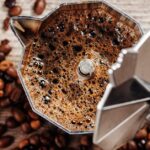
- Cafe Bustelo vs Pilon (Which One Should You Choose?)
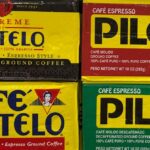
- Is Cafe Bustelo Cuban? (Discovering Its Origins)
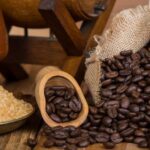
- Best Cold Brew Coffee For Intermittent Fasting!
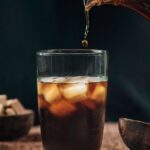
- Kenyan Coffee vs Ethiopian Coffee (Which One Should I Buy?)
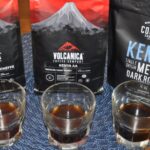
- Can You Buy Cuban Coffee In The US? (And How To Get It!)
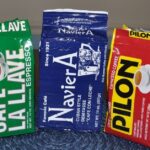

Oliver is co-owner of Coffee Break Lovers. The only thing he loves more than the process of brewing coffee is drinking it.
